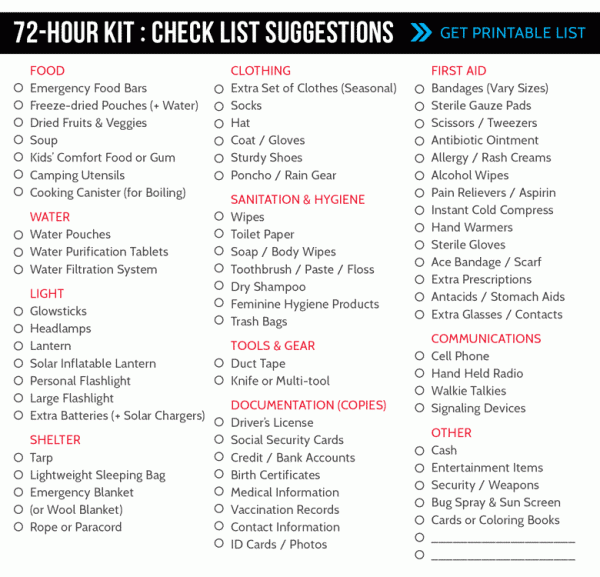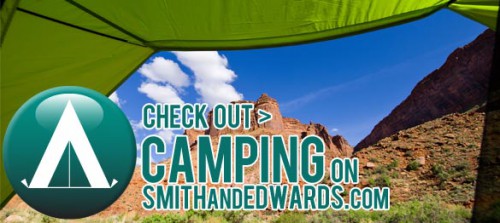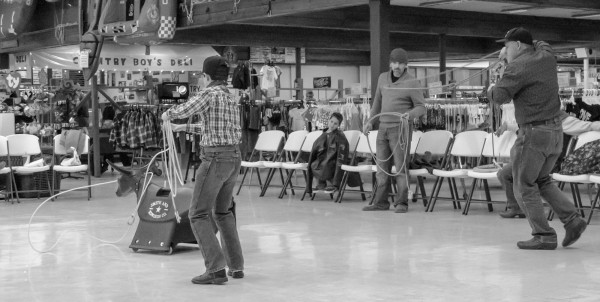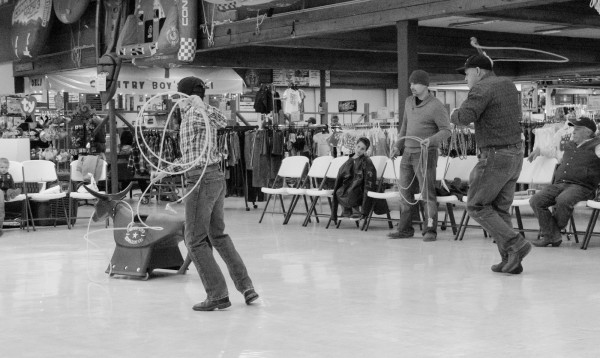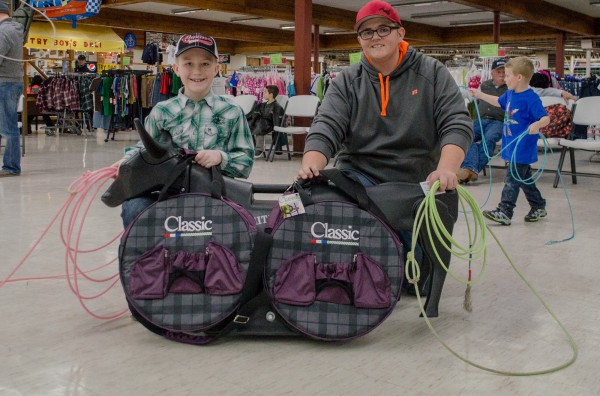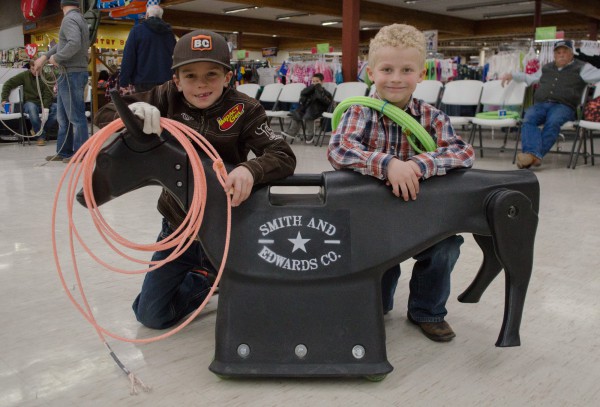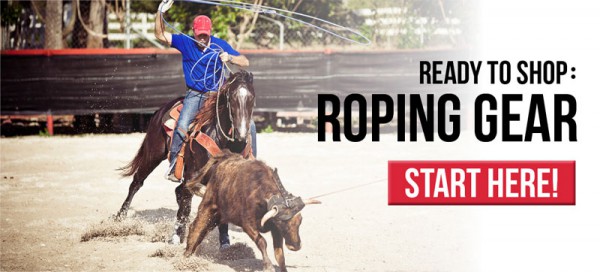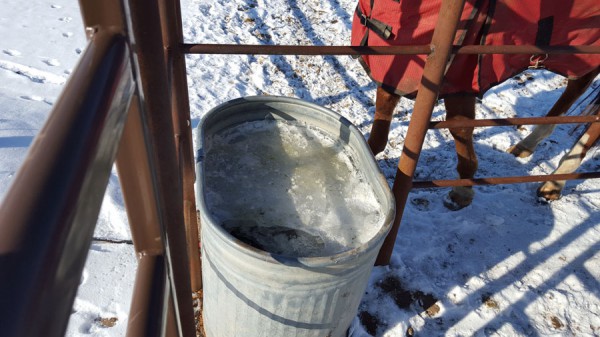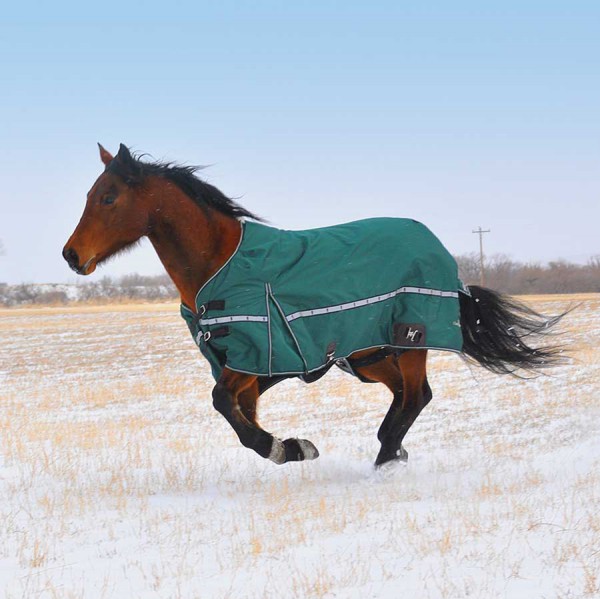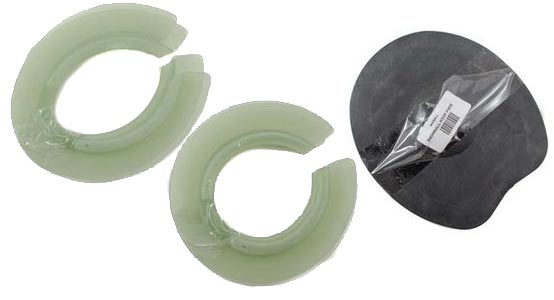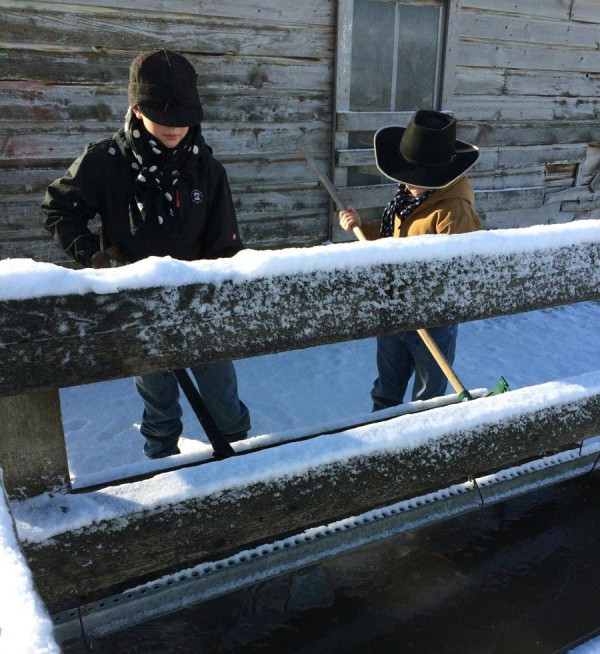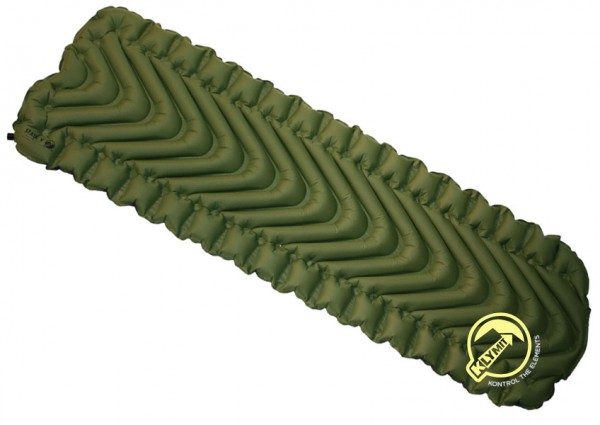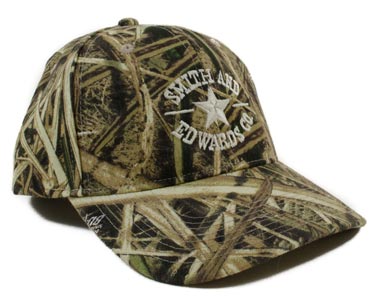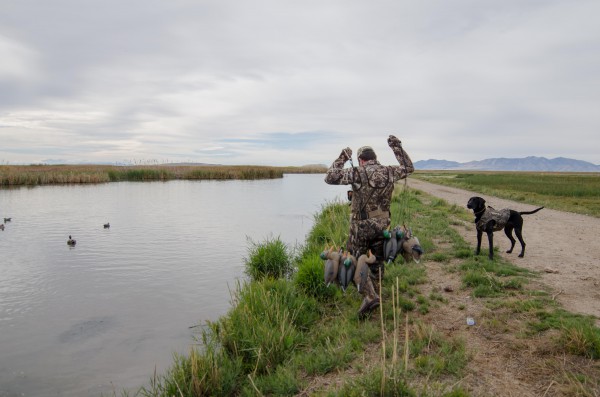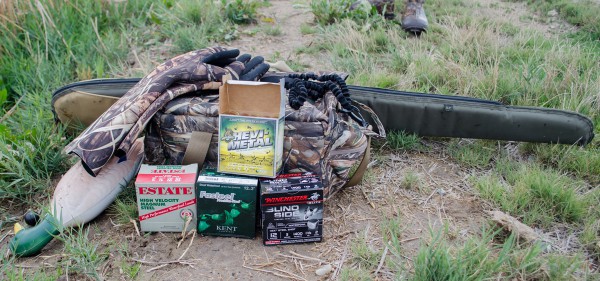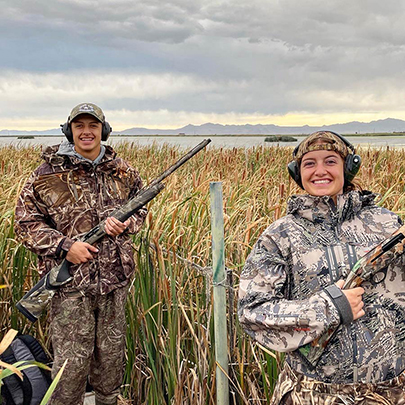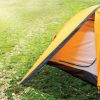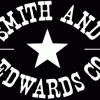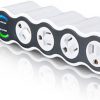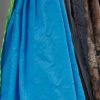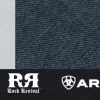After a long, cold winter, it’s time to clean up. Planting new flowers, mowing the lawn – all the little things to make your yard beautiful again. It’s the time of year to break out all our lawn care equipment again.
As people are preparing for the summer, we often get questions about troubles getting all the tools tools to start up after long, cold winter storage.
Tool Troubleshooting: 4 Leaf Blower Tips
Many people are ready to use their gas powered leaf blowers, but it can be hard to get them started after winter. John, part of our team in the Lawn & Garden department, has thought of 4 possible solutions for this:
- Stale fuel. Fuel doesn’t last forever. If it doesn’t get used, it can get old and stop functioning how it’s supposed to. Try refilling with clean, fresh fuel. Check out the best EPA-compliant fuel cans we’ve found.
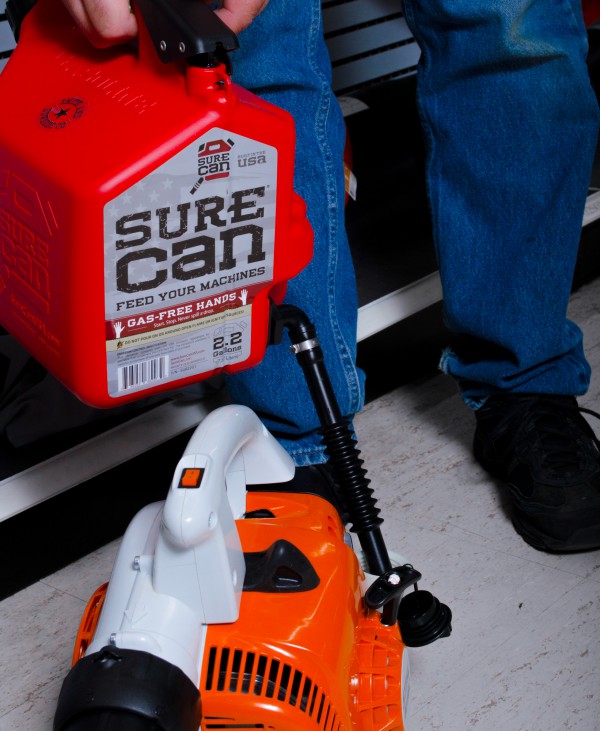
- Spark plugs. This is a very common solution for blowers not starting. Check your spark plugs, and if any of them have build-up, it’s time for a replacement.
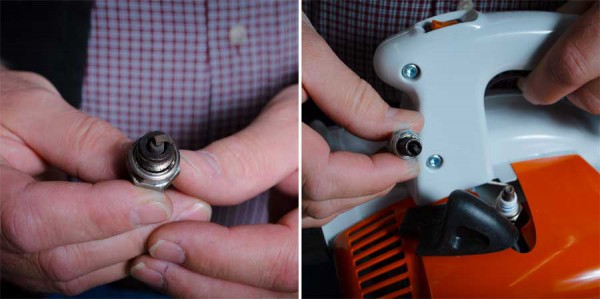
- Air filter. Check that your air filter is clean and not plugged up. If not, you know it’s time for a change.
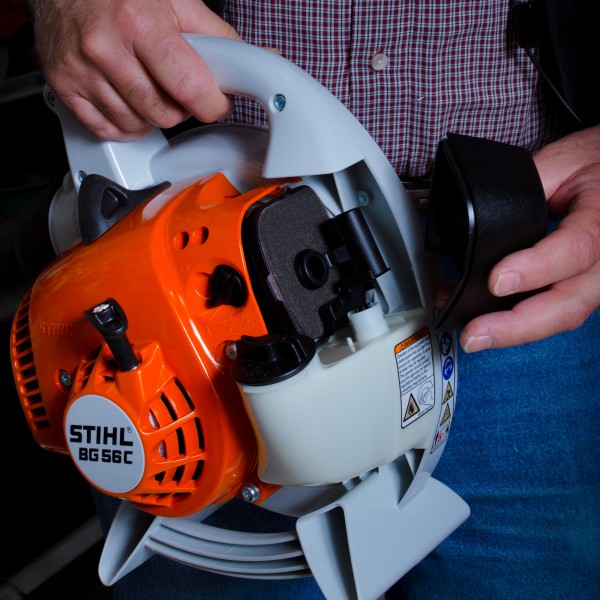
- Fuel filter. Not as common, but equally a potential solution. Check that your fuel filter isn’t clogged up. If that’s the case, replace it with a new filter.
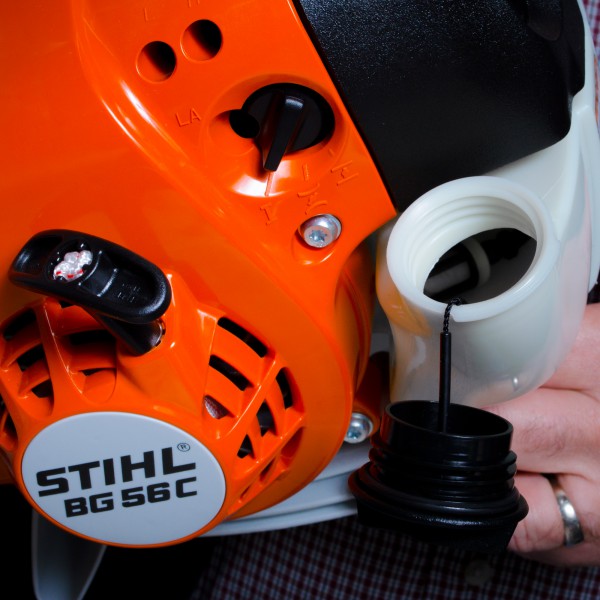
Note: Not all models of Stihl Gas Powered Leaf Blowers are the same. Check for your Stihl® model manual here.
Thanks John! These are his best tips, and if these don’t work, you can consult your blower model’s manual for more advice here at stihlusa.com.
Photos by Rose Marion.


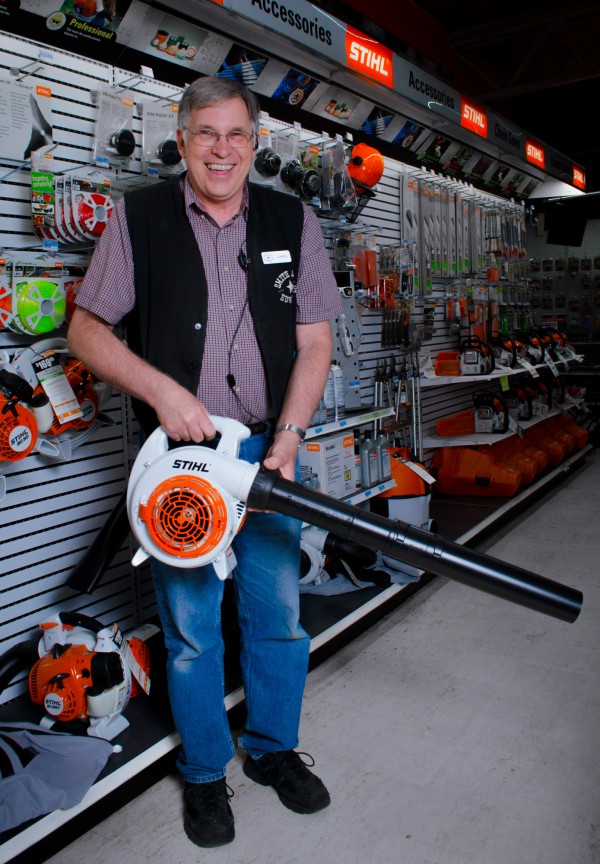


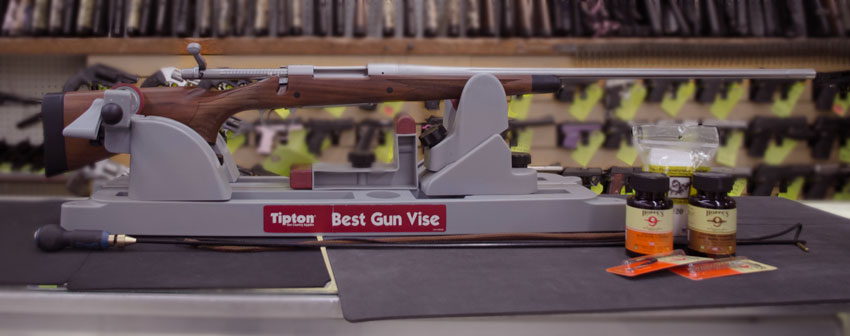


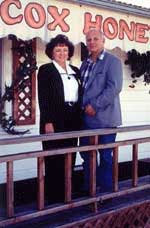
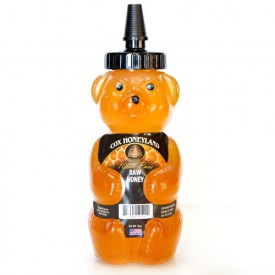
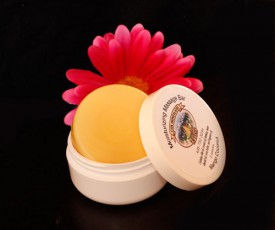 e calls for.
e calls for.

